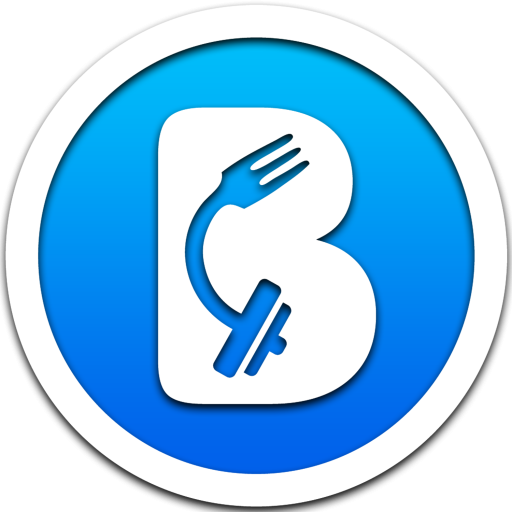The Other Names For Added Sugars
The Other Names For Added Sugars
Gimme Some [Insert “Hidden Sugar” Name Here], Baby.
We have all heard the phrase “added sugars” in the realm of food, but do we all know how to identify these satisfying sweeteners in the ingredients sections of our food labels? For that matter, should some sugars be avoided?
First, so we are on the same page, let’s define sugar as:
“Any carbohydrate that can be consumed and broken down into glucose in the body.”
If you are wondering, glucose is commonly mentioned when people talk about “blood sugar;” it is the main fuel for our bodies. Please understand, this definition of sugar does not just describe your typical “table sugar,” also known as sucrose, it covers a much broader spectrum.
Now let’s talk about the importance of sugars in your body. I’ll make this short and sweet; YOU NEED THEM.1 There is no way around it; you must consume sugars to live, however, too much sugar in your diet can lead to fat storage in the body.2 Simply put, energy in equals energy out,1,3,4 and if you consume sugar (energy) and do not need it or exceed your glycogen stores, your body will store it as fat.1
Ok, so what about added sugars? Realistically, you can get by without foods that contain added sugars in your diet, you just have to eat foods with naturally occurring sugars in them, preferably nutrient dense foods. Yes, your breakfast Cheerios may taste better with a scoop of sucrose on them, but consider your personal energy needs before sprinkling that sweetness! If you have not read my post about The 90-10 Rule of Dieting, click the linked text to see if you’re living by The 90-10 Rule.
I want to leave you with one piece of advice, and a slice of information:
Piece of advice: When deciding how to consume your sugars, go for nutrient dense foods, or foods that satisfy your macro- and micro- nutrient needs in as few calories as possible. Some specific examples – kale, spinach, blueberries, whole-grain rice, beans.
Slice of information: I have taken the liberty of collecting over 25 names used for commonly added sugars in food (can you believe there are so many?!) and listed them here for your reference.5
The Other Names for Added Sugars
anhydrous dextrose
brown sugar
cane juice
confectioner’s powdered sugar
corn syrup
corn syrup solids
crystal dextrose
dextrose
evaporated corn sweetener
fructose
fruit juice concentrate
fruit nectar
glucose
high-fructose corn syrup (HFCS)
honey
invert(ed) sugar
lactose
liquid fructose
malt syrup
maltose
maple syrup
molasses
nectar
raw sugar
sucrose
sugar
sugar cane juice
evaporated cane juice
turbinado
white granulated sugar
Now that you’re more aware of the other names for added sugars, what are some of the foods you’ve found one or more of these names listed on the ingredient label? Share them below so we can all see what foods we may want to consider avoiding if we’re trying to avoid added sugars.
If you’re new to the blog, welcome! Visit my Start Here page to get the low down on this whole Bent On Better thing. If you’re a regular, thanks for joining me again this week! I’m glad you decided to come back. Have some feedback you’d like to share?
Leave a comment in the section below.
If you enjoyed this post, please share it using the social media buttons you see at the bottom of the post (or just copy and paste the link wherever you want to share it, that would work too!).
If you have any questions you’d like addressed personally, feel free to email me at [email protected].
Cover photo: Lynn of FreshAprilFlours.com
References:
1. Genton L, Melzer K, Pichard C. Energy and macronutrient requirements for physical fitness in exercising subjects. Clinical Nutrition. 2010; 29(4):413-423.
2. Johnson RK, Frary C. Choose beverages and foods to moderate your intake of sugars: measurement requires quantification. Journal of Nutrition. 2001; 131(2S-1):527S-535S.
3. Fernández JM, Da Silva-Grigoletto ME, Caballero-Villarraso J, et al. Pre-exercise intake of different carbohydrates modifies ischemic reactive hyperemia after a session of anaerobic, but not after aerobic exercise. Strength And Conditioning Research. 2010; 24(6):1623-1632.
4. Baker LB, Heaton LE, Nuccio RP, et al. Dietitian-observed macronutrient intakes of young skill and team-sport athletes: adequacy of pre, during, and postexercise nutrition. International Journal Of Sport Nutrition And Exercise Metabolism. 2014; 24(2):166-176.
5. USDA: Choosemyplate.gov. Empty calories: what are added sugars? USDA. 2015. Accessed on: http://www.choosemyplate.gov/weight-management-calories/calories/added-sugars.html.

